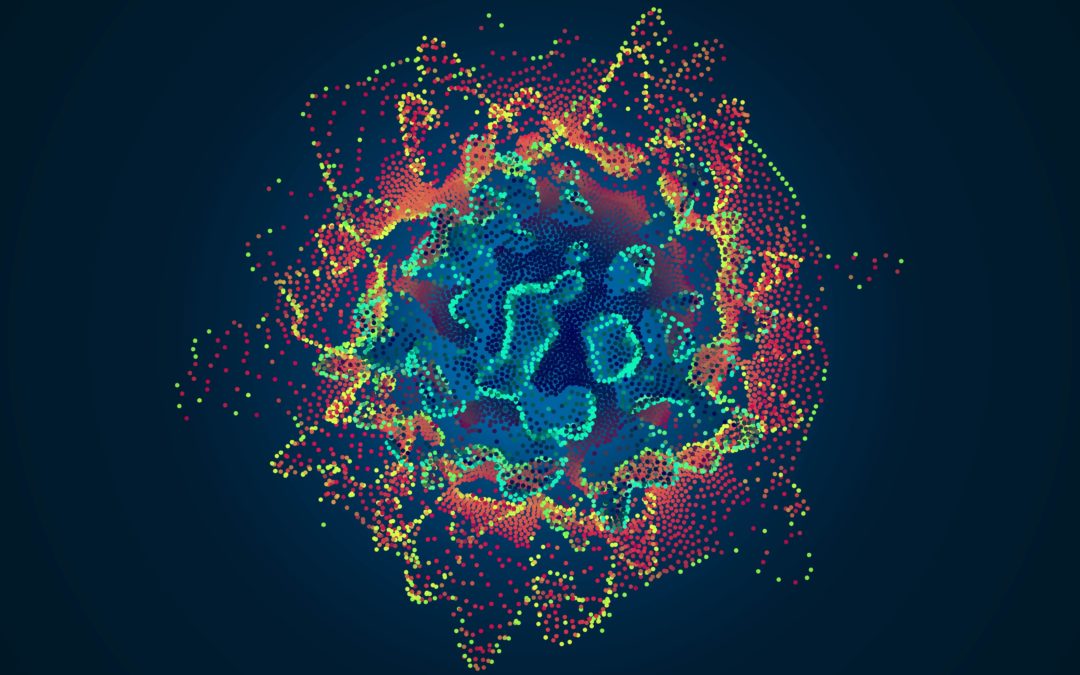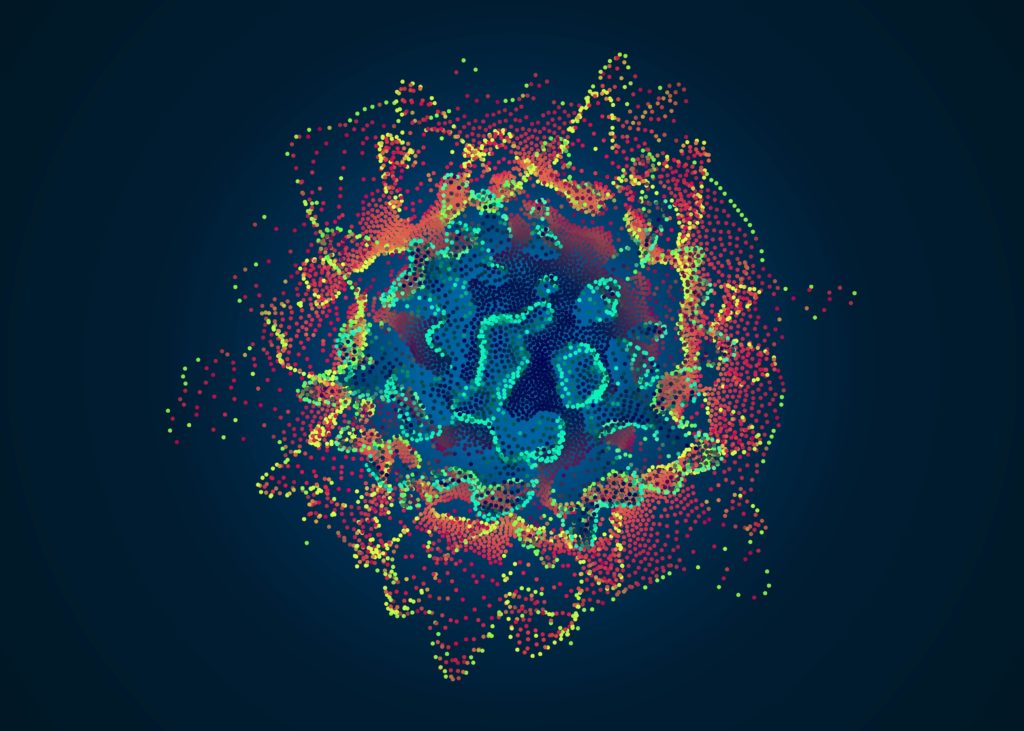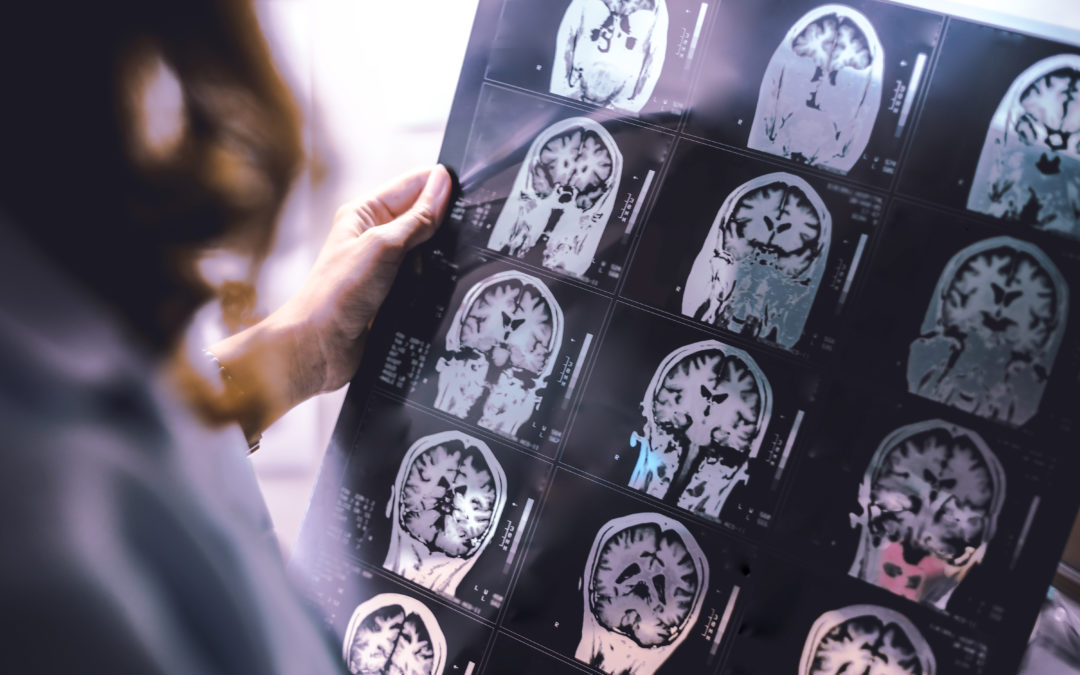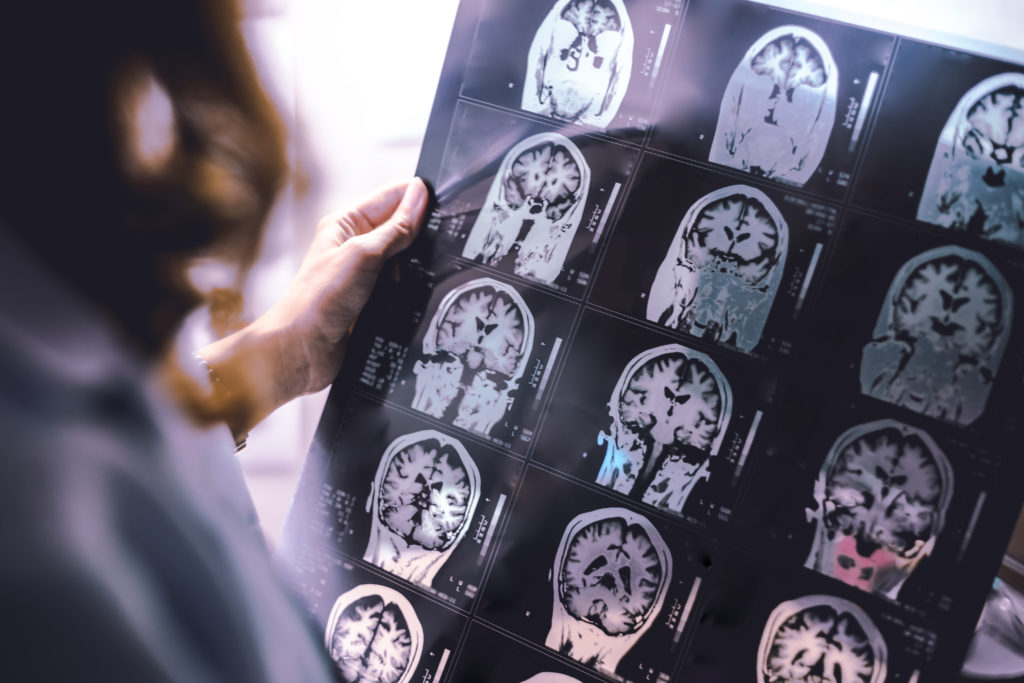No Results Found
The page you requested could not be found. Try refining your search, or use the navigation above to locate the post.


In the 1950s the blank slate theory was the most prominent theory ascribed to babies. They are born blank slates and then their experiences allow them to develop their networks thoughts, associations, etc., and just about everything else. Though this theory is long since dead, to an extent — to what extent has not been known.
In comes this research hot off the presses which shows just how much. The researchers around Fiona Molloy of Ohio State University analysed data from 267 newborns whose brains were scanned one week after birth, while they were asleep. Even though these babies were sleeping the brain still communicates with itself and reacts to the outside world, and by focusing at the micro level they could identify which networks were active in these brains.
They found that five of the seven major networks were already active showing that we are born with these circuits already active and functioning. The two that weren’t were the control network and limbic network associated with cognitive control and emotions respectively.
So, babies can’t exert emotional control — no surprise there. We also know this control network doesn’t actually fully mature until after 20 years old. What was also interesting is that the attention network showed the most variability suggesting that there are individual differences that are inborn and this attention network is related to behaviour and different disorders such as the obvious ADHD.
All in, another piece of critical evidence showing what is already happening in newborns’ brains.
Reference:
M. Fiona Molloy, Zeynep M. Saygin.
Individual variability in functional organization of the neonatal brain.
NeuroImage, 2022; 253: 119101
DOI: 10.1016/j.neuroimage.2022.119101
The page you requested could not be found. Try refining your search, or use the navigation above to locate the post.


Near-death experiences have fascinated many people ever since they have been reported. And these experiences guide our view of how we die: the memories of your life passing in front of your eyes, the tunnel of light, the floating movement towards a bright light.
However, this has been difficult to research. The nature of being near to death, or briefly dead, means different things may happen in the brain that can cause hallucinations. For example, Olaf Blanke showed that out of body experiences can be induced in healthy individuals by activating and deactivating different parts of the brain.
Enter this case whereby a team of researchers around Dr. Ajmal Zemmar, a neurosurgeon based at the University of Louisville, actually managed to get EEG recordings of a person as they died.
No this was not a bizarre experiment, which is difficult to run, and would have many moral implications. They had wired up this 87 year-old who was having a severe epileptic seizure, which could be fatal, to try and see what was happening — however this individual had a DNR (do not resuscitate) status and after consulting with the family the patient passed away. This provided the only known example of a person with a quality EEG recording during death.
Obviously, it is a case of only one person who has just had a major epileptic seizure but provides the first glimpse of what is happening in the brain during death. So, you may want to know whether your life’s memories pass in front of your eyes?
Well, they did see a spike in gamma brain wave activity, and gamma waves are also associated with memory recall, shortly before death. However, a gamma spike could also mean many other things. They also noticed enhanced neuronal coherence and coupling — basically showing coordinated activity across the brain.
This case study of one person is therefore interesting, but as a population of one, difficult to draw any conclusions. However, it is a start to get the neural signature of death. What they did note however, is that death is not a sudden thing but much more drawn out than you might expect with cells and processes shutting down over minutes, and hours.
On the same topic another group of researchers around Sam Parnia have also issued a position statement on death and also near-death experiences — this summarises the research but also calls for more structured research around this to pull together these strands of evidence and give greater clarity as to how and in what form death happens and the experiences that accompany this — including those near-death experiences.
I’ll certainly be watching this space with interest.
References:
Vicente Raul, Rizzuto Michael, Sarica Can, et al.
Enhanced Interplay of Neuronal Coherence and Coupling in the Dying Human Brain
Frontiers in Aging Neuroscience: 14; 2022
DOI=10.3389/fnagi.2022.813531
Sam Parnia, Stephen G. Post, Matthew T. Lee, et al.
Guidelines and standards for the study of death and recalled experiences of death — a multidisciplinary consensus statement and proposed future directions.
Annals of the New York Academy of Sciences, 2022
DOI: 10.1111/nyas.14740
The page you requested could not be found. Try refining your search, or use the navigation above to locate the post.


The headline is a bit “click baity” but it is what a group of researchers found. To be more specific they found in macaques (cute monkeys) in the wild that having more grooming partners grew different regions of the brain. Grooming is the primate version of having a heart-to-heart with a friend, or cuddle with your family or romantic partner.
What is interesting in this research is that it tracked this over time and hence also the growth and development of brain regions over time. Previously we have only been able to associate regions of the brain in animal models and human beings that correlate with sociality.
This is all good and well but it doesn’t give us an indication of causation, a chicken or egg problem: are those with enlarged social regions in the brain more social, or does socialising increase the size of these regions?
These researchers have shown for the first time that grooming, which is an intense form of socialising in macaques does actually grow these regions. And what do these regions do?
Well, the regions that grew were those that are specifically associated with social decision-making and empathy (mid-superior temporal sulcus and ventral-dysgranular insula, if you’re interested).
So, in short, or a more correct headline, is that socialising grows the regions of your brain that are involved in social decision making and empathy.
Probably no bad thing to have!
Reference:
Camille Testard, Lauren J. N. Brent, Jesper Andersson, et al.
Social connections predict brain structure in a multidimensional free-ranging primate society.
Science Advances, 2022; 8 (15)
DOI: 10.1126/sciadv.abl5794
The page you requested could not be found. Try refining your search, or use the navigation above to locate the post.


We’d probably all be happy to be a bit more creative — though research into our own opinions show that many people do actually consider themselves to be above average in creativity. An obvious self-bias.
This is where scientists who study creativity come in and find and research people who are truly creative — though creativity has long been studied there is relatively little research into the brains of creative people (and it is much harder and much more expensive to conduct).
In come UCLA Health scientists who have just published a study into the brain of creative people — known as big C creatives. The brain scanning was done on people who had been nominated by others in the creative industries as being particularly creative. What the researcher found is that:
This suggests that the brains of those who are exceptionally creative as being wired differently or being used differently — of note is that it does not occur to me how this can be changed or learned (some other aspects of creativity can be learned). This suggest that being exceptionally creative is a natural predisposition.
I wonder if my brain is that creative? Probably not. I wouldn’t be writing summaries of scientific articles if it were. Alas!
Reference:
Ariana Anderson, Kevin Japardi, Kendra S. Knudsen, Susan Y. Bookheimer, Dara G. Ghahremani, Robert M. Bilder.
Big-C creativity in artists and scientists is associated with more random global but less random local fMRI functional connectivity.
Psychology of Aesthetics, Creativity, and the Arts, 2022
DOI: 10.1037/aca0000463
The page you requested could not be found. Try refining your search, or use the navigation above to locate the post.


There have been many studies on gender biases, and I have followed, written, and spoken about many of these biases over the years (over a decade actually) but two studies have just come out that caught my eye.
One out of New York University focused on gender natural words and found that they are not gender neutral! Specifically, the two most neutral or inclusive words, presupposedly, “person” and “people”.
By analysing language and how similar words are used together (much like words tea and pot may collocate and be related). They found that there is a bias to relate the word person and people more to men than women. This is important because these are precisely the words used in public policy.
In another unrelated and contrasting study another form of bias was uncovered and this was in faces and voices of men and women on neutral characters. What the researchers at the University of Essex found is that faces, and voices were more likely to be judged as male if they were angry and female if they were happy.
Is this good for men or women? I don’t know but shows how there are natural inbuilt biases in us in many ways! Many of which we are probably completely oblivious to.
References:
April H. Bailey, Adina Williams, Andrei Cimpian.
Based on billions of words on the internet, people = men.
Science Advances, 2022; 8 (13)
DOI: 10.1126/sciadv.abm2463
Sebastian Korb, Nace Mikus, Claudia Massaccesi, Jack Grey, Suvarnalata Xanthate Duggirala, Sonja A. Kotz, Marc Mehu.
EmoSex: Emotion prevails over sex in implicit judgments of faces and voices..
Emotion, 2022
DOI: 10.1037/emo0001089
The page you requested could not be found. Try refining your search, or use the navigation above to locate the post.


Well, this is a question that an international collaboration of researchers coordinated by the University of Cambridge set out to answer. They analysed over 125,000 brain scans from over 100 studies and have built brain charts form a 15-week old foetus to a hundred year-old. This gives new unprecedented insight into the changes in the human brain over a lifetime. Some key milestones in brain development are:
This is an amazing technical feat and is an incredibly useful clinical tool but also just gives us fascinating insights into the brain and what happens to our own brains over our lifetime.
I now know I need to look after my white matter, gulp!
Reference:
R. A. I. Bethlehem, J. Seidlitz, S. R. White, et al.
Brain charts for the human lifespan.
Nature, 2022
DOI: 10.1038/s41586-022-04554-y
The page you requested could not be found. Try refining your search, or use the navigation above to locate the post.